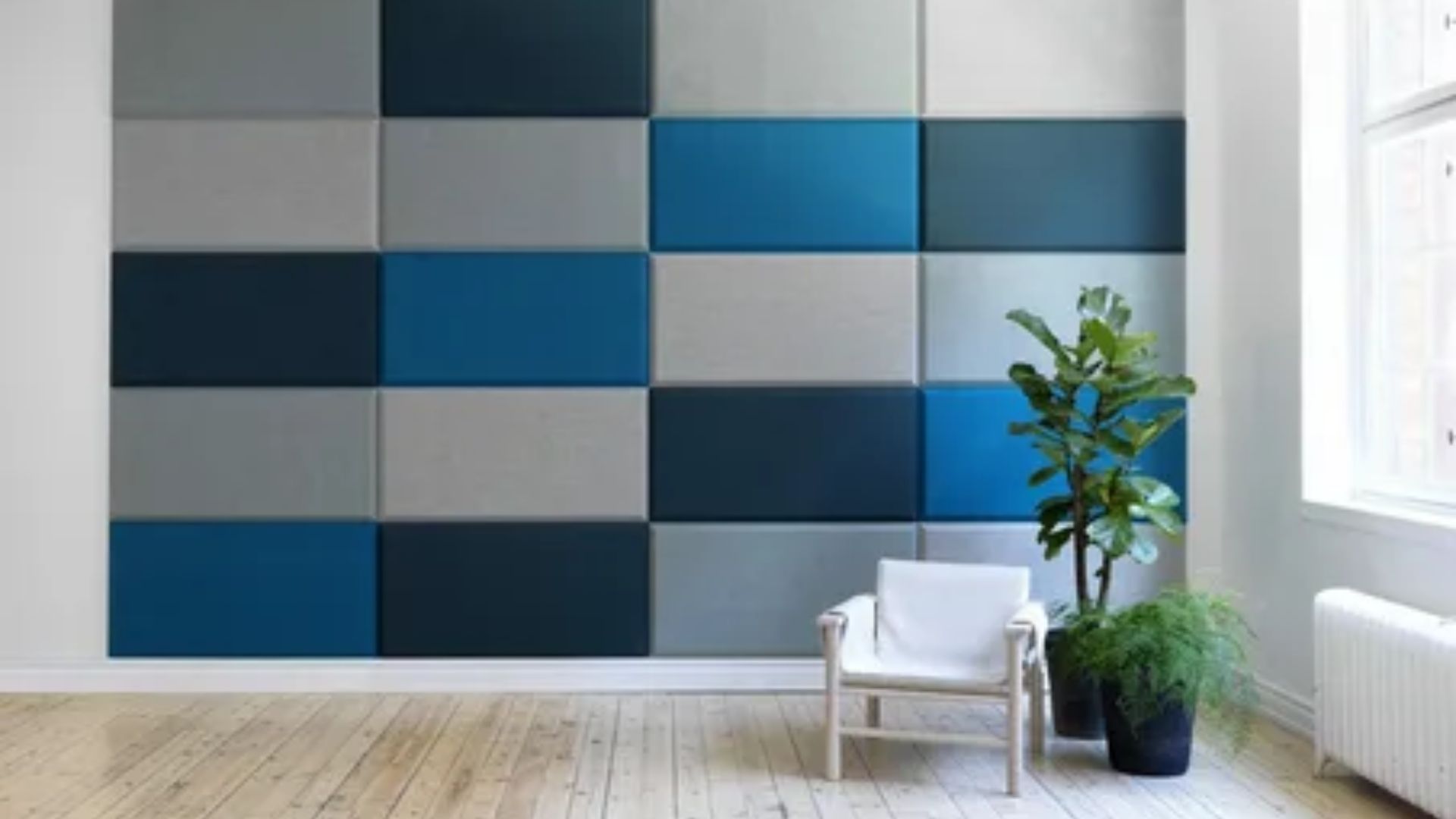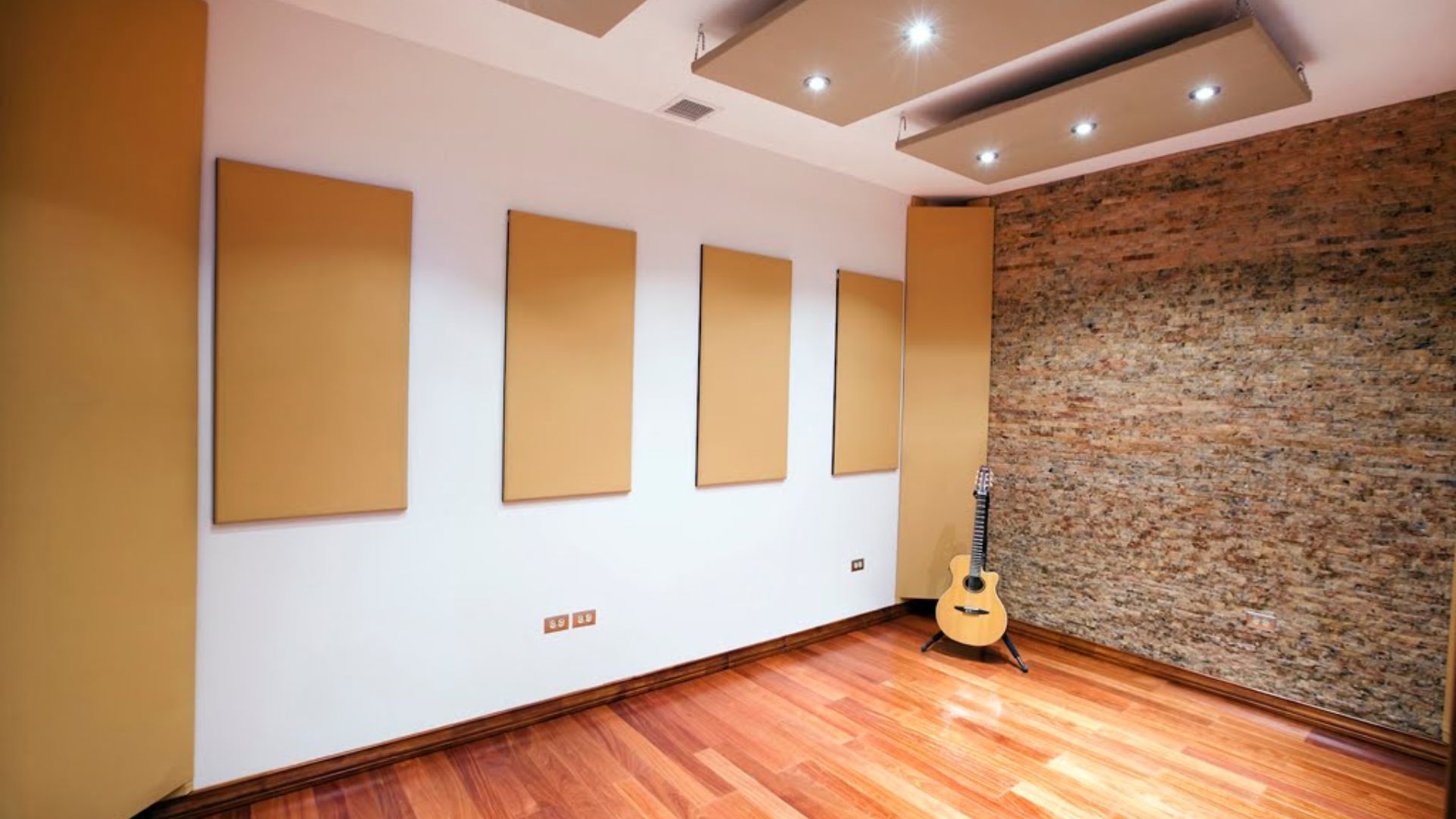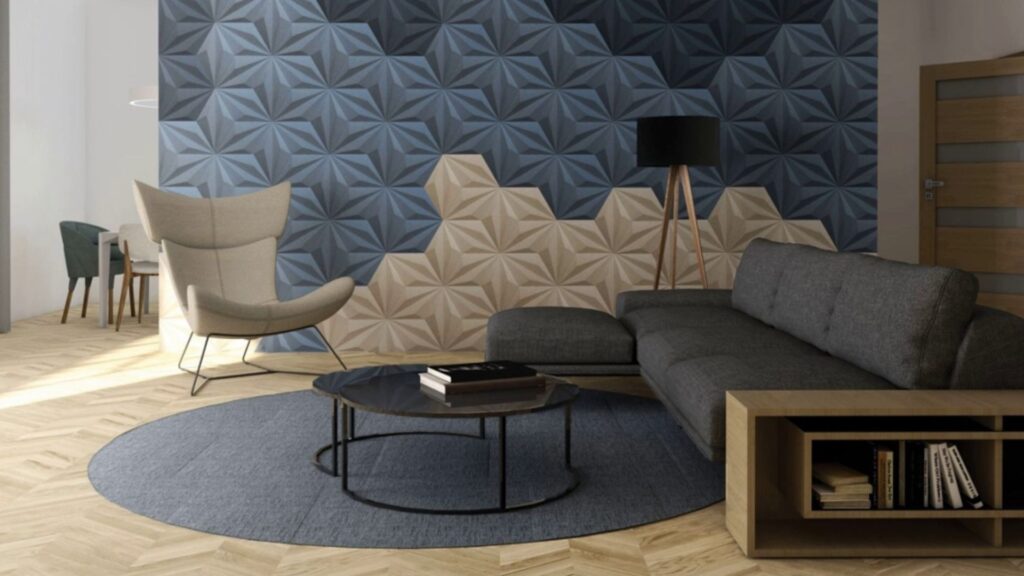When it comes to enhancing acoustic environments, especially in settings like recording studios, home theaters, or commercial spaces, the choice between fabric wrapped acoustic wall panels and traditional soundproofing methods is pivotal. Each option offers distinct advantages and considerations, making it essential to understand their differences to make an informed decision. Let’s explore the comparison between fabric wrapped acoustic wall panels and traditional soundproofing methods:

Fabric Wrapped Acoustic Wall Panels:
- Aesthetic Appeal: Fabric-wrapped acoustic wall panels are not only functional but also aesthetically pleasing. They come in a variety of colors, textures, and designs, allowing for customization to complement any interior decor seamlessly.
- Sound Absorption: These panels are specifically designed to absorb sound waves effectively, reducing echo and reverberation within a space. By absorbing unwanted noise, they enhance the clarity of speech and music, creating a more enjoyable auditory experience.
- Versatility: Fabric-wrapped acoustic wall panels are highly versatile and can be installed in various settings, including offices, conference rooms, auditoriums, and residential spaces. They can also be easily customized in terms of size, shape, and thickness to suit specific acoustic requirements.
- Easy Installation: Compared to traditional soundproofing methods, fabric-wrapped acoustic wall panels are relatively easy to install. They can be mounted directly onto walls or ceilings using adhesive or mounting hardware, making them a convenient option for both new construction and renovation projects.
Traditional Soundproofing Methods:
- Mass and Density: Traditional soundproofing methods often rely on increasing the mass and density of walls, floors, and ceilings to block sound transmission. This typically involves using materials such as concrete, brick, or dense insulation to create barriers that inhibit the passage of sound waves.
- Isolation: Another common approach in traditional soundproofing is isolating the structure from external noise sources. This may involve installing resilient channels, decoupling materials, or building double-wall constructions to minimize sound transmission between adjacent spaces.
- Complexity and Cost: Traditional soundproofing methods tend to be more complex and expensive compared to fabric wrapped acoustic wall panels. They may require extensive construction work, including structural modifications and the use of specialized materials, which can significantly increase project costs and timelines.
- Limited Aesthetic Options: Unlike fabric wrapped acoustic wall panels, traditional soundproofing methods often prioritize functionality over aesthetics. While effective at blocking sound, these methods may result in bulky or unattractive structures that detract from the overall design of a space.
Choosing the Right Solution:
When deciding between fabric wrapped acoustic wall panels and traditional soundproofing methods, several factors must be considered, including the specific acoustic requirements, budget constraints, aesthetic preferences, and project timelines. In many cases, a combination of both solutions may be the most effective approach, allowing for targeted sound absorption and soundproofing where needed.

At Perfect Acoustics, we offer a comprehensive range of fabric wrapped acoustic wall panels and traditional soundproofing solutions to suit diverse needs and preferences. Whether you’re looking to enhance the aesthetics of your space with stylish acoustic panels or require robust soundproofing solutions for noise-sensitive environments, we have the expertise and products to meet your requirements. Contact us today to learn more about our acoustic solutions and how we can help you achieve acoustic excellence.

